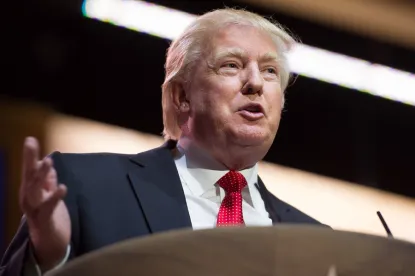On September 12, 2019, the Trump administration repealed the 2015 Obama-era “waters of the U.S.” (WOTUS) rule. The 2015 rule sought to broadly define “waters of the U.S.” and would have expanded the reach of the Clean Water Act and the Act’s permitting requirements. The 2015 rule was mired in legal challenges from the start, resulting in a legal patchwork where the rule was in effect in only 22 states.
The Trump administration’s repeal of the 2015 rule means that all 50 states are now back under regulations dating from 1986, as interpreted by 2008 guidance from the George W. Bush administration. But this is not the end of the road for the WOTUS rule. Environmental groups and certain states are likely to challenge the repeal in the courts, while the Trump administration pushes forward with drafting a new WOTUS rule.
In February 2017, President Trump signed an executive order directing the EPA and Army Corps of Engineers to align the Clean Water Act and its definition of “waters of the U.S.” with Justice Scalia’s opinion in the divided Rapanos v. United States case. 547 U.S. 715 (2006). Scalia argued that the Clean Water Act should apply only to waterways with “relatively permanent” surface water connections to navigable waters. Conversely, both the Bush and Obama administrations used Justice Kennedy’s opinion in Rapanos as the basis for a broader test, whereby the Clean Water Act applied to any waters with a “significant nexus” to navigable waters – whether that nexus was chemical, biological, hydrologic, or some other connection.
Pursuant to President Trump’s executive order, the EPA and Army Corps of Engineers are currently working on a new WOTUS definition, which will further limit the protections and reach of the Clean Water Act. This new definition will likely eliminate protections for streams that only flow after rainfall or snowmelt, as well as wetlands that do not have a surface water connection to larger waterways. The EPA anticipates that it will finalize a replacement WOTUS rule in early 2020.





 />i
/>i

